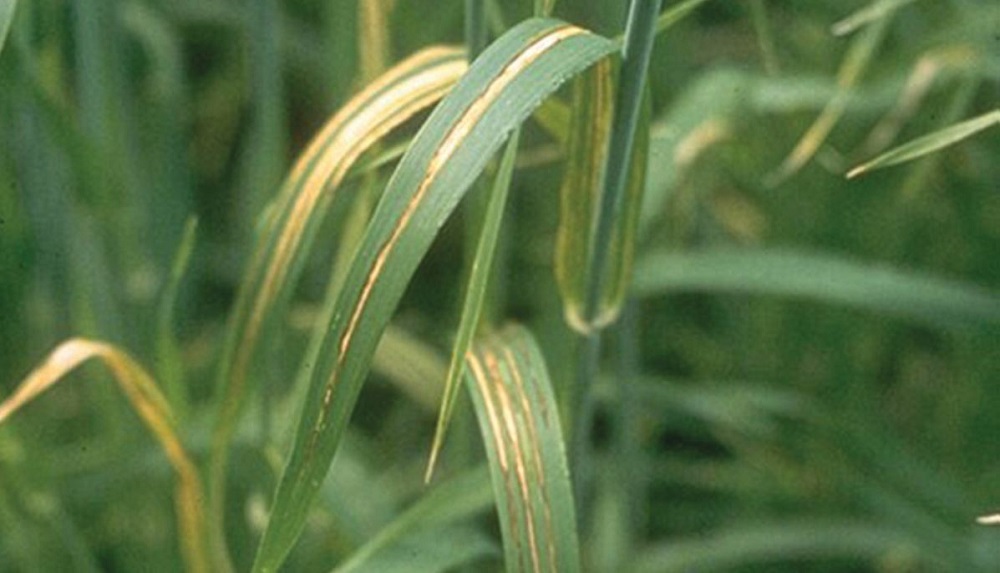- Home
- Knowledge library
- Barley leaf stripe: life cycle and disease symptoms
Barley leaf stripe: life cycle and disease symptoms
Leaf stripe is potentially the most serious seedborne disease of barley. With a focus on the pathogen’s life cycle and symptoms, our guidance will help you assess and respond to risk.
Cereal disease management homepage
How serious is barley leaf stripe?
Leaf stripe affects barley in three ways. Firstly, it can kill seedlings as they emerge. This is unusual, but can occur if soil conditions are poor. Secondly, it can reduce the efficiency of the plant by reducing green leaf area. Thirdly, it can cause complete blindness of the ear, resulting in no harvestable grain from affected tillers.
Leaf stripe: life cycle and disease symptoms
The pathogen that causes leaf stripe – Pyrenophora graminea (Drechslera graminea) – is specific to barley.
The disease is seedborne, with the fungus present on the seed surface and in the seed coat.
As the coleoptile emerges, the fungus invades the tissue and penetrates through to the emerging first leaf.
The fungus grows through successive leaf sheaths and causes striping symptoms on the leaves.
Stripes are often pale green at first, becoming yellow and, finally, dark brown and long.
Usually, all of the leaves of affected plants show these symptoms and some leaves split along the stripes, giving the leaf a shredded appearance.
Symptoms are usually most prominent at ear emergence. The fungus produces spores on the leaf stripes, which are blown onto adjacent ears and infect seeds (from anthesis through to soft dough). This infection is not associated with new symptoms.
The fungus also continues to grow through the plant and infects the ear, which often remains in the leaf sheath, directly.
.PNG) AHDB
AHDB
Testing and treating barley seed
If seed from affected crops is resown without first being treated with an effective fungicidal seed treatment, the pathogen can multiply rapidly, causing significant yield losses. If seed is repeatedly saved and resown, complete crop loss is possible within a few generations.

Topics:
Sectors:
Tags:

